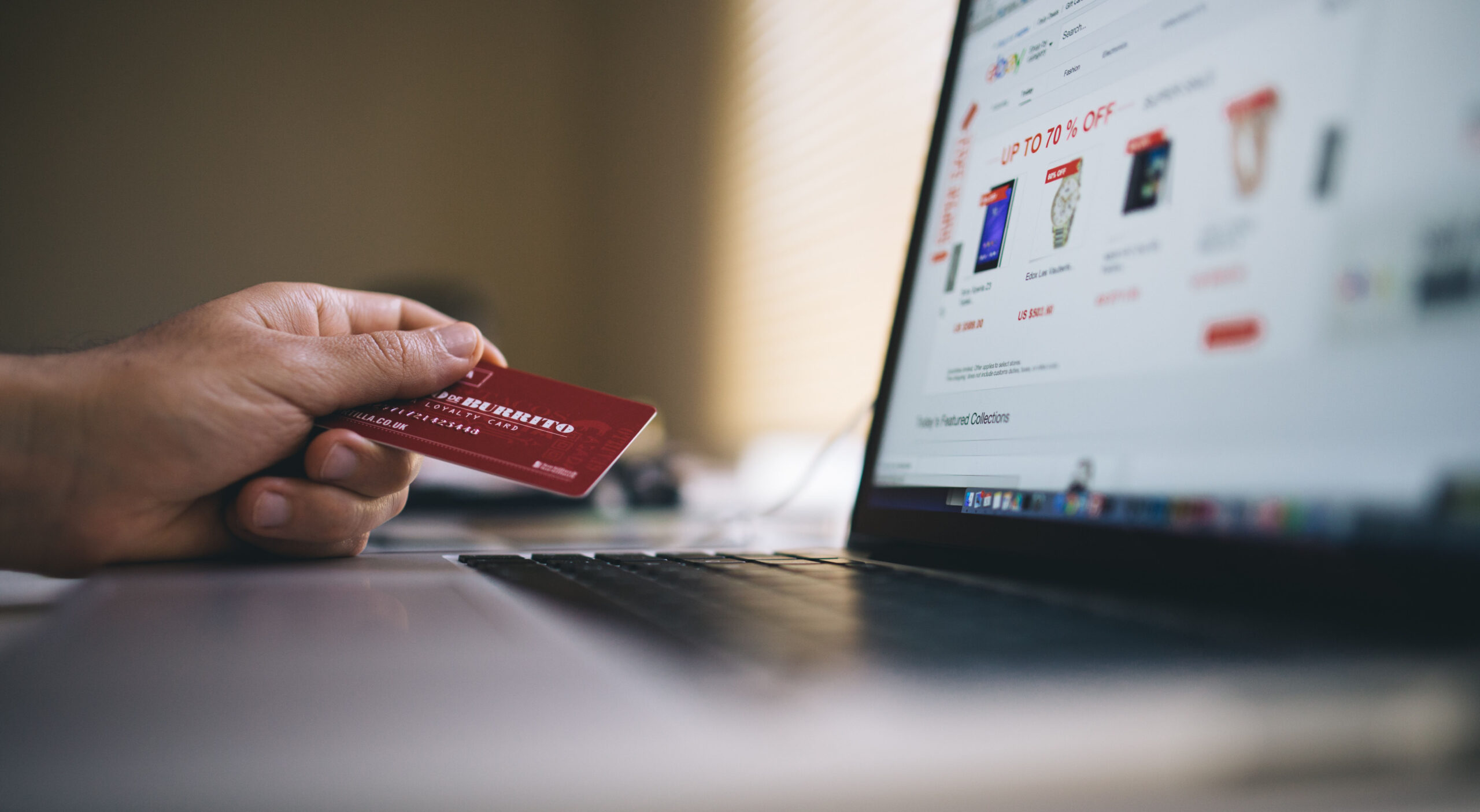Banks, Financial Institutions, Retailers and Governments will be the winners. This will reduce Fraud, increase customer satisfaction and provide agility to the Issuers to react quickly in case of panic.
As an example, today if a bank suspects fraud or compromise, it will cancel and replace a whole Bin or all the cad base. Tedious process, cancelling the card (sometimes the customer is traveling) replacing it, sending it using courier; huge expense!
With Tranwall, the bank will only have to block all cards. That will override all customers’ choice at that point in time. All cards will be locked. However, the legitimate customers will still use their card by unlocking their cards and activating one transaction at a time. So, at no cost, the bank reacts and then it has all its options open as to whether or not, depending on the magnitude of the fraud to replace a specific card or a whole portfolio. Amazing isn’t it?







